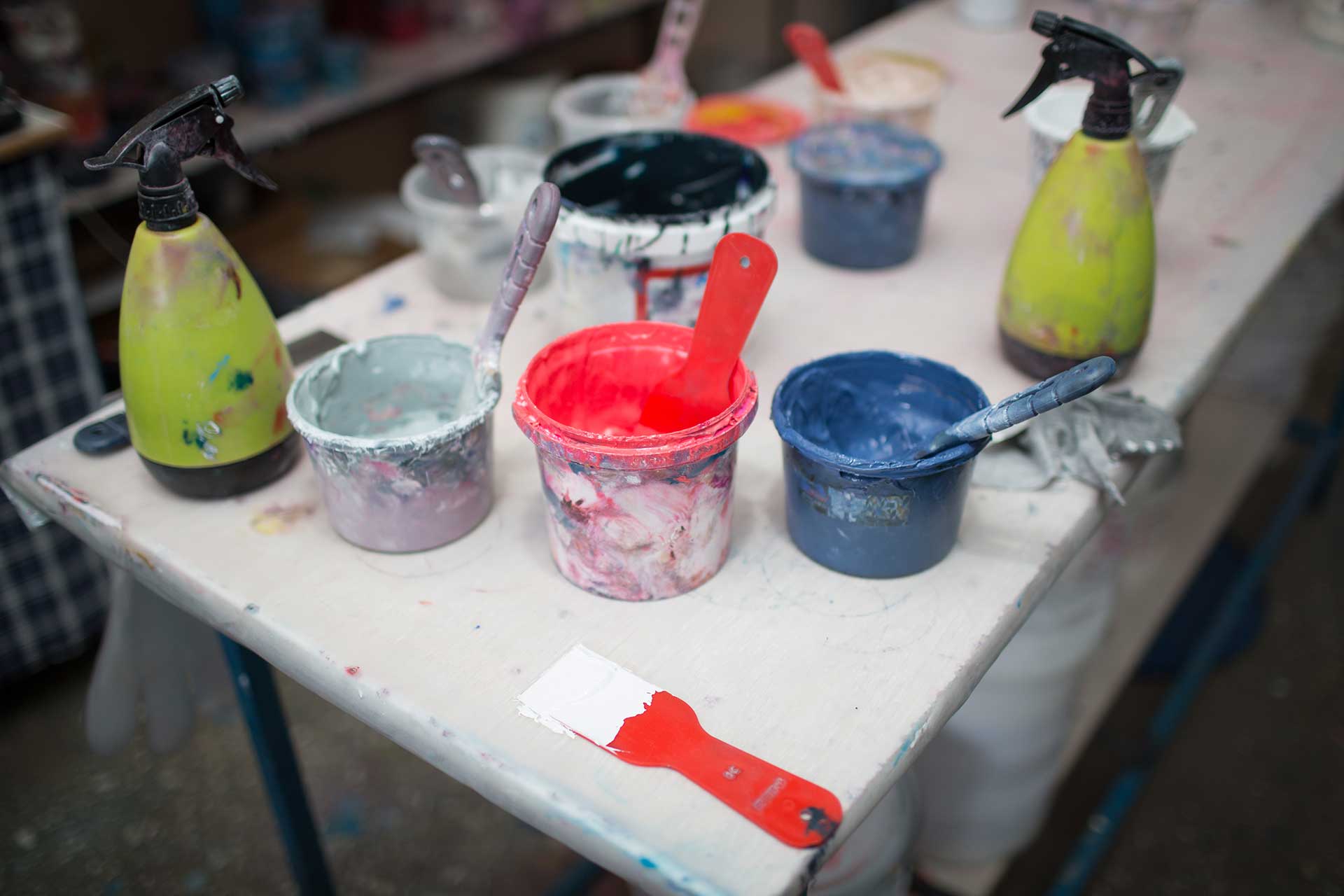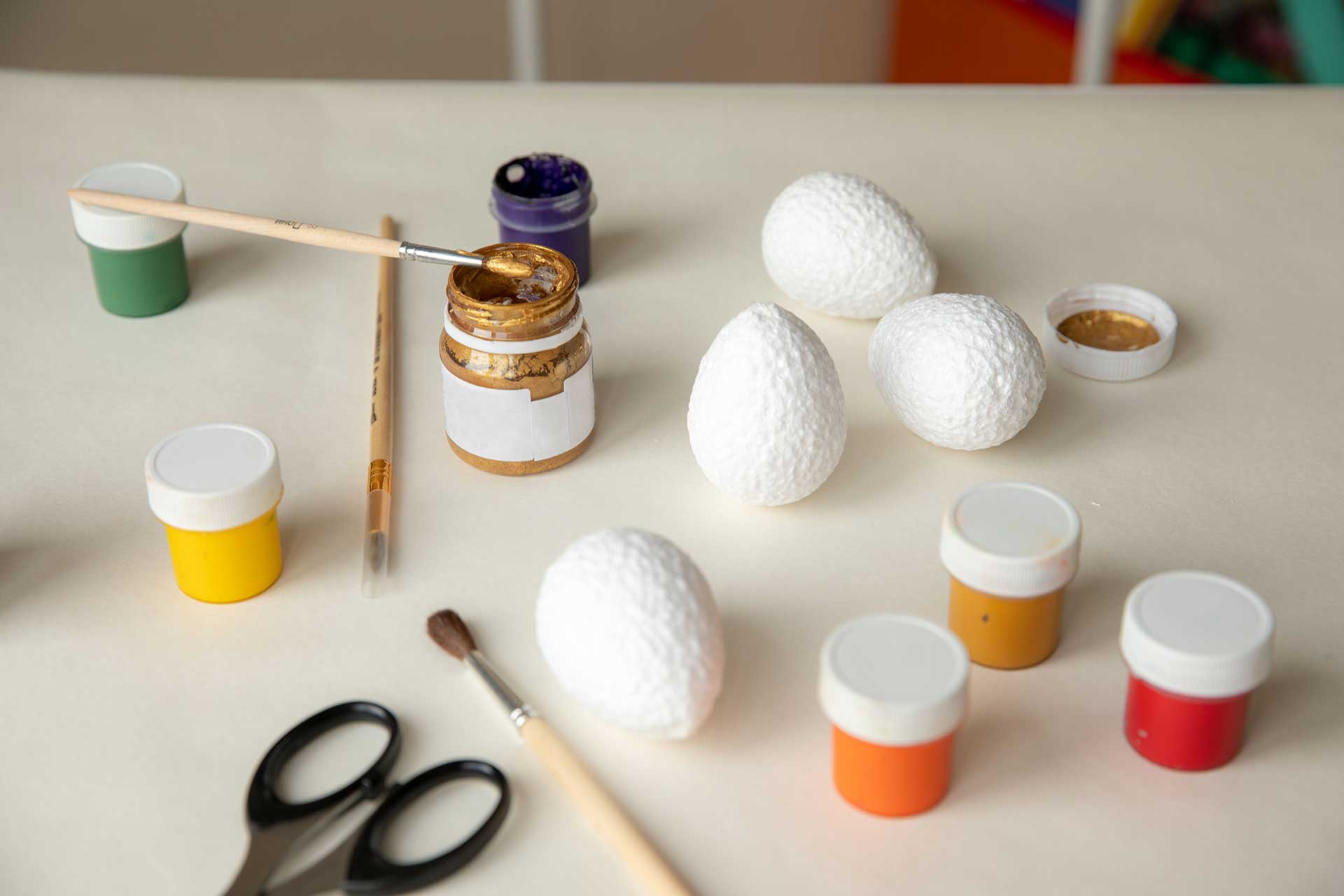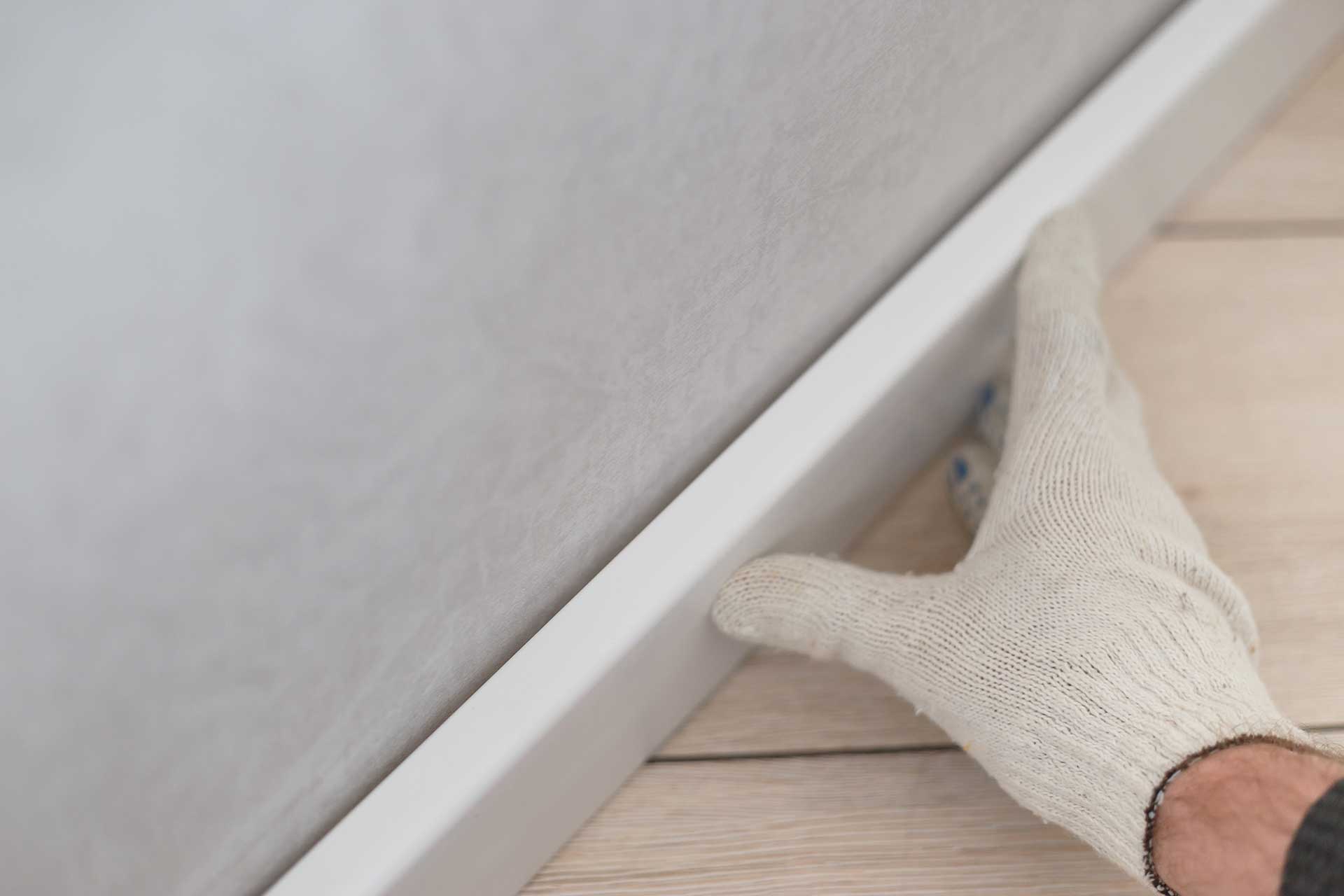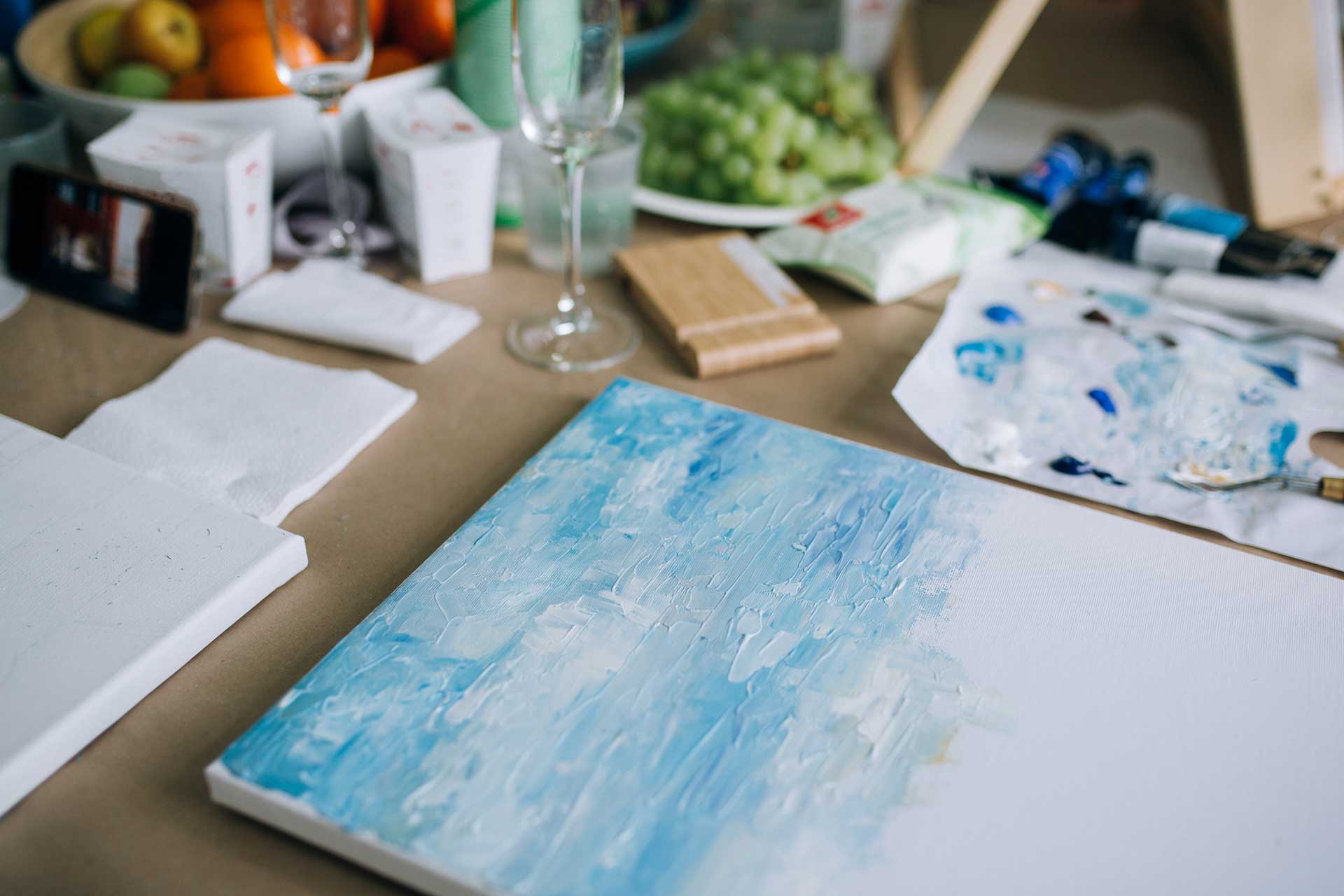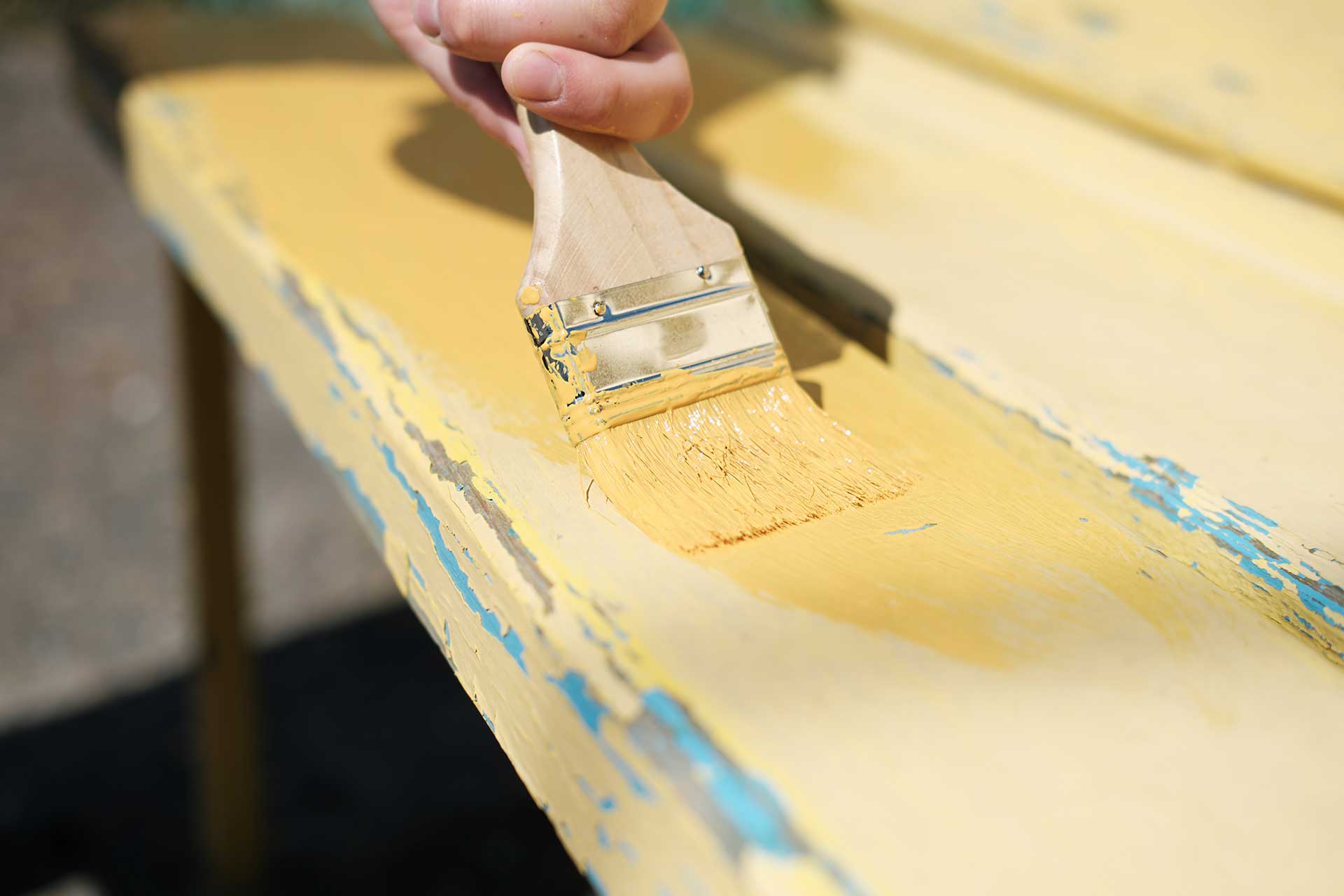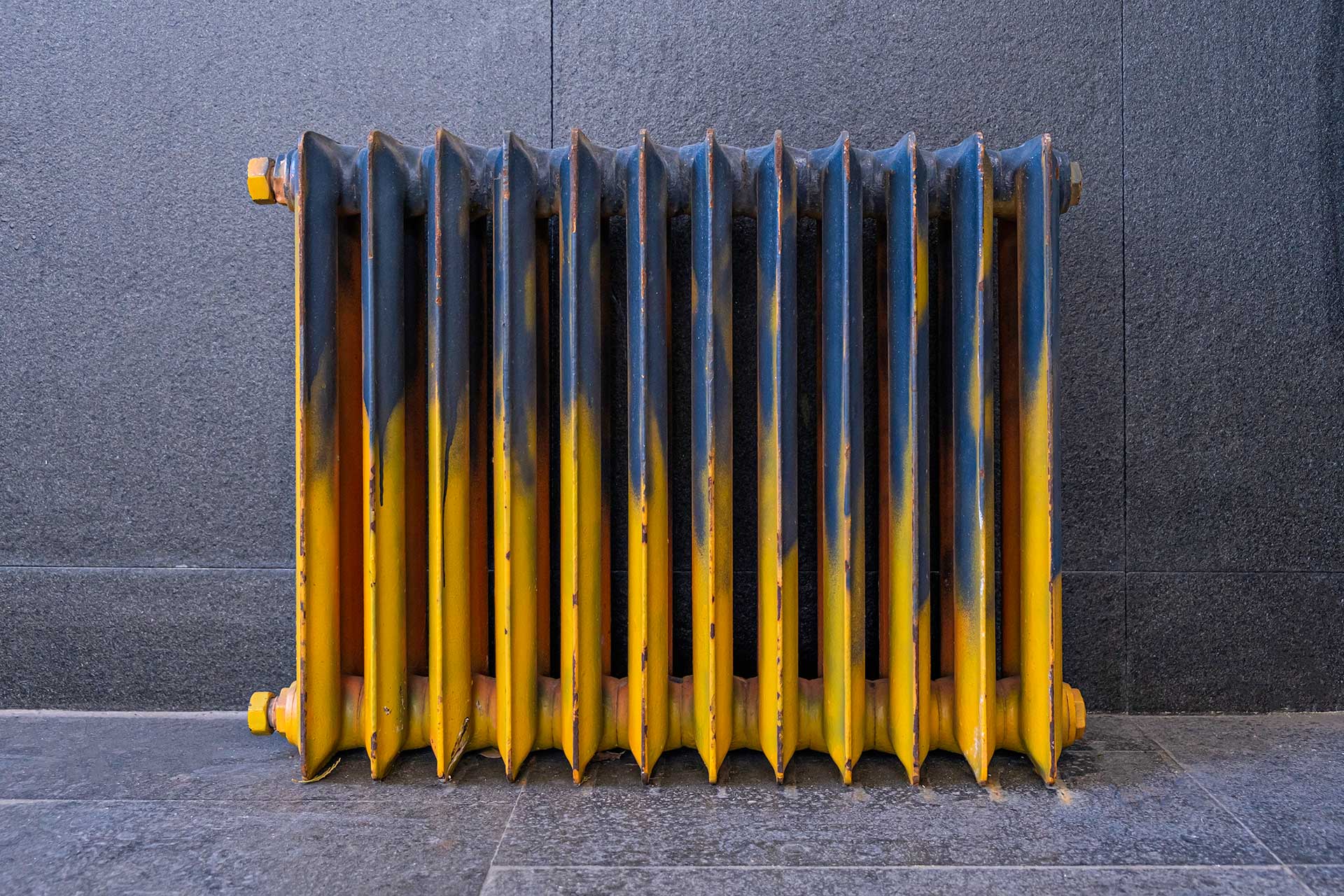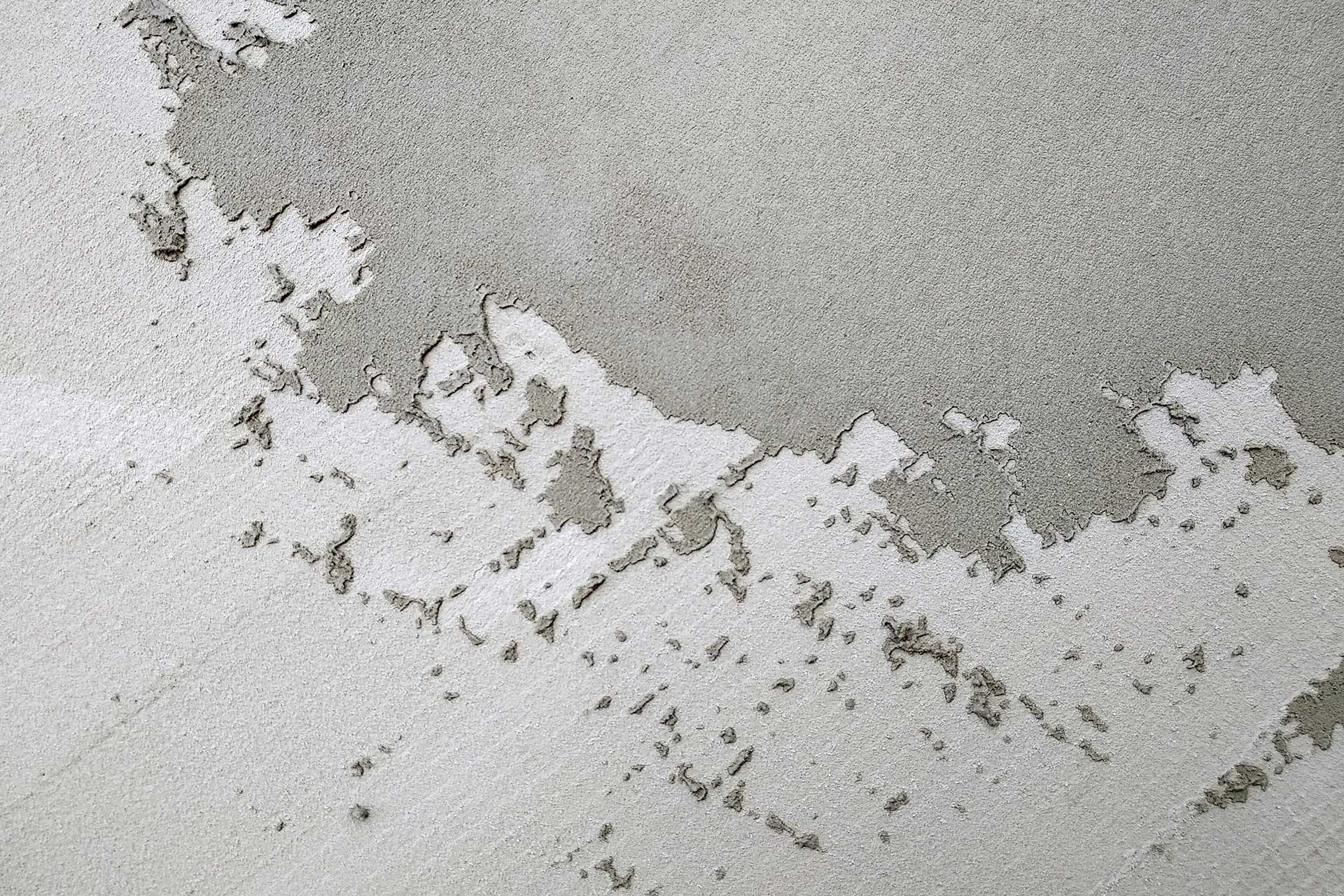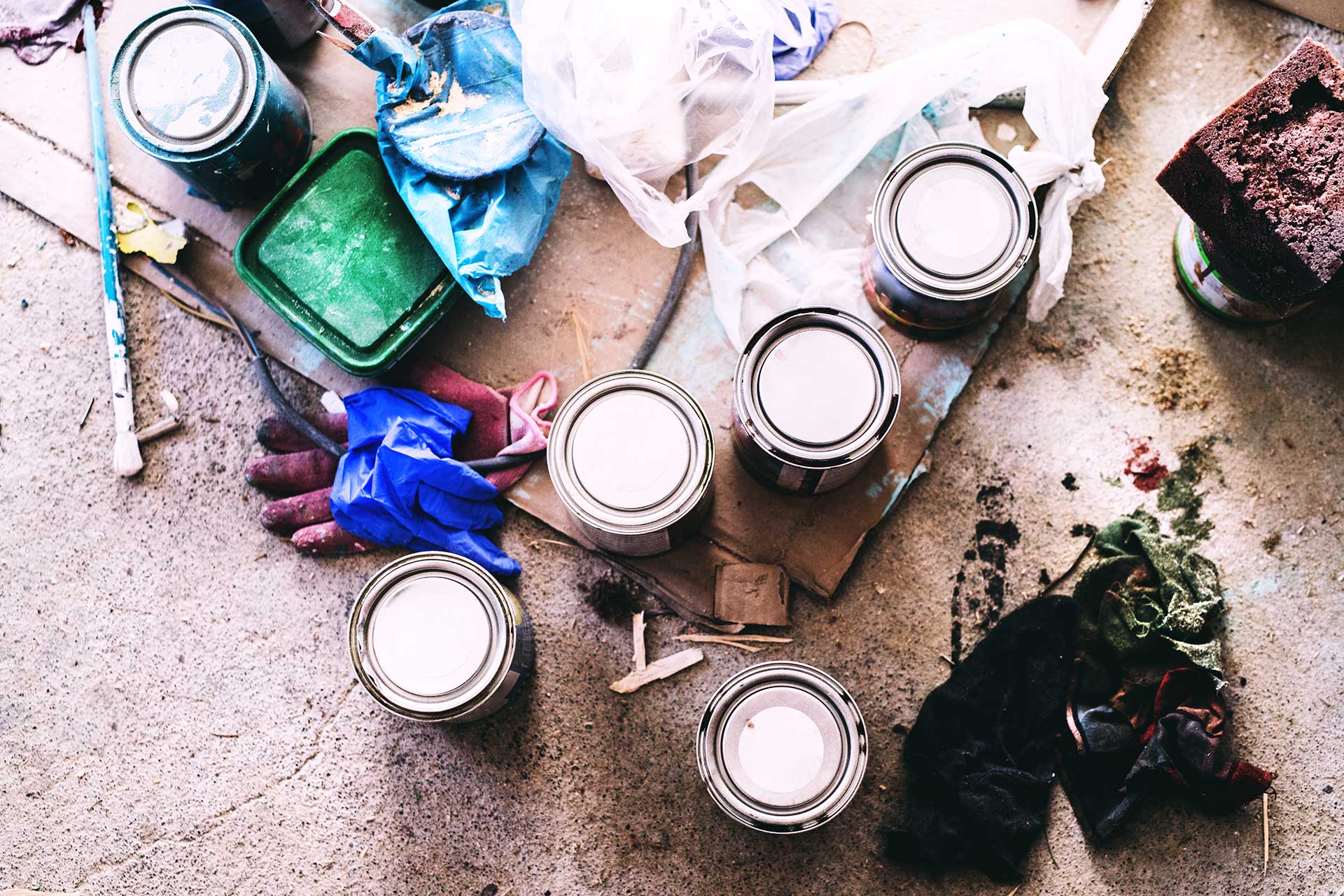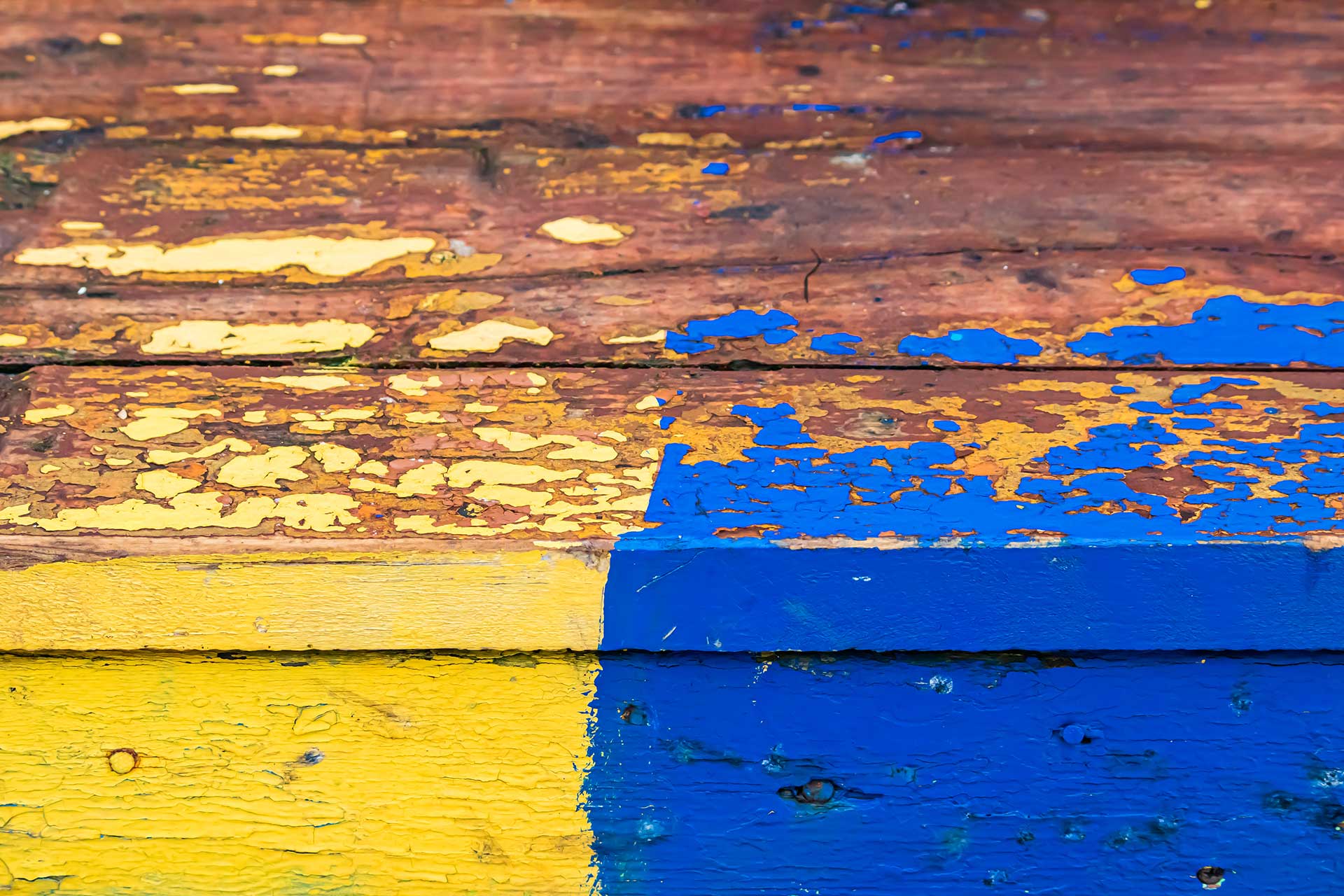Medium-density fiberboard, commonly known as MDF, is a versatile and cost-effective material used in various woodworking and construction projects. MDF has many great benefits, but sometimes its look could be improved a bit. With the right techniques and materials, you can easily turn MDF into a stunning, professional-looking finished product. And we are here to happily take you through the process of painting MDF, from preparation to the final coat.
Understanding MDF
Before diving into the painting process, it’s essential to understand the nature of MDF. Made from wood fibers compressed with resin, MDF is denser than plywood but more porous than natural wood. This composition can lead to swelling when it comes into contact with moisture, which can make painting a bit tricky. However, with proper preparation and technique, these issues can be overcome.
Preparation is The Key to Success
The saying “preparation is half the battle” couldn’t be more true when it comes to painting MDF. Getting everything ready not only helps achieve a smoother finish but also makes your paint job last longer..
You want to begin by inspecting your MDF pieces for any damage, dents, or rough spots. Sand the entire surface lightly with a 220 grit sandpaper to create a smooth base for painting. Make sure you are paying extra attention to the edges, which tend to be more porous and rough. After sanding, thoroughly clean the surface with a tack cloth to remove all dust particles.
You will also need to address any imperfections in the MDF. Fill small holes or dents with wood filler, allow it to dry completely, and then sand the filled areas flush with the surrounding surface. For larger gaps or seams, especially in MDF furniture pieces, use caulk to create a seamless look.
Sealing is A Crucial Step
Painting MDF cannot happen without first sealing the surface. MDF is highly absorbent, and without proper sealing, it can soak up paint unevenly, leading to a patchy finish. More importantly, unsealed MDF can swell when exposed to moisture in water-based paints.
To seal MDF, use a solvent-based primer specifically designed for wood or MDF. These primers are made to really soak into the surface, creating a barrier that keeps moisture out and provides a solid base for paint to adhere to. Apply the primer evenly with a foam roller or a high-quality brush, paying extra attention to the edges. Give the primer enough time to completely dry before moving forward. You can consult the manufacturer’s instructions to get an idea on your average drying time.
For exceptionally porous areas or cut edges, you may need to apply a second coat of primer. Sand lightly between coats for an ultra-smooth surface.
Choosing the Right Paint
When it comes to picking out paint for MDF, you have several options. Oil-based paints offer excellent durability and a smooth finish but can typically challenging to work with and have strong odors. Water-based latex paints are easier to apply and clean up but are not as durable for high-wear surfaces.
For most MDF projects, a high-quality acrylic paint is an excellent choice. Acrylic paints are available in lots of colours, offer outstanding durability, and super easy to use. If you’re painting furniture or items are heavily used, you should consider using a paint specifically formulated for cabinets or trim, as these tend to be more durable and resistant to wear and tear.
Applying the Paint
Now that your MDF is properly prepared and primed, you’re ready to start painting. For the smoothest finish, you want to use a foam roller or a high-quality synthetic brush. Apply thin, even coats, allowing each layer to dry completely before adding the next. Typically, two to three coats will provide full coverage and a professional look.
When painting, maintain a “wet edge” by slightly overlapping each stroke with the previous one. This technique is great for avoiding any visible lines or streaks in the final result! For large, flat surfaces, a foam roller can provide a smooth, even finish with minimal texture.
If you’re going to use a paint sprayer, you need to thin the paint according to the manufacturer’s instructions and apply in light, even coats. Be sure to work in a well-ventilated area and wear appropriate protective gear when spray painting.
Finishing Touches
After applying your final coat of paint, allow the MDF to dry completely in a dust-free environment. Depending on the type of paint used and environmental conditions, this might take a few hours to a couple of days.
For a little extra protection and a nice finish, you might want to think about adding a clear topcoat! This added protection is super useful for things that get used a lot or might get a bit wet. A water-based polyurethane can provide excellent protection without yellowing over time.
Special Considerations for MDF Furniture
When painting your MDF furniture, pay attention to areas that experience the most wear, such as tabletops, shelves, and drawer fronts. These areas may benefit from additional coats of paint or a more durable clear coat.
For MDF cabinets or bookshelves, you want to remove all hardware before painting and label each piece for easy reassembly. You can also consider painting the interior surfaces as well for a cohesive look, especially if the insides will be visible.
Troubleshooting Common Issues
No matter how hard you might try, you may encounter some challenges when painting MDF. If you notice the paint bubbling or peeling, it’s likely due to inadequate sealing or priming. If this happens, you’ll need to strip the paint, reseal, and start again.
If the final finish appears rough or grainy, it’s often because the initial sanding wasn’t thorough enough. To fix this problem, you need to lightly sand between coats of paint and ensure you’re using thin, even applications.
Maintaining Your Painted MDF
To keep your painted MDF looking its best, you want to avoid exposing it to excessive moisture or extreme temperature changes. Always clean surfaces with a soft, damp cloth and mild soap when necessary. Never use harsh chemicals or abrasive cleaners that could damage the paint’s finish.
For high-traffic areas or surfaces that see frequent use, touch up the paint as needed to maintain its appearance and protect the underlying MDF.
Conclusion
Painting MDF can transform ordinary projects into stunning pieces with a professional finish. If you take a little time to prep the surface right, use the right materials, and apply the paint carefully, you’ll end up with some really beautiful and long-lasting results. If you’re refinishing furniture or doing something similar, these MDF painting techniques will really help you get the best out of this versatile material. With practice and patience, you’ll soon be creating painted MDF pieces that rival the look of more expensive wood products.


